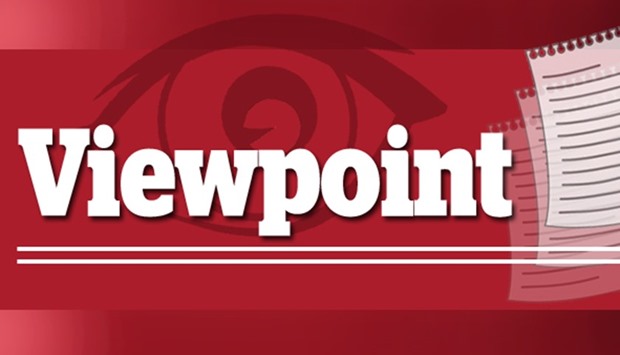As the US economy is powering ahead, adding over 1mn jobs in the first five months of 2018, the Federal Reserve is almost guaranteed to raise the benchmark interest rates at its meeting tomorrow.
The Fed sets monetary policy by adjusting the interest rate big banks pay each other for overnight loans: the Fed funds rate. Changes in that rate ripple through the economy, affecting employment, output and the price of goods and services.
The Fed’s policy direction impacts the whole financial world, especially emerging markets (EMs) and economies where local currencies are pegged to the dollar.
EMs are already struggling with higher US interest rates. Currencies of such nations have been hammered in a spreading selloff amid worries that their economies won’t cope with higher US borrowing costs. That’s prompted central bankers in India and Indonesia to raise interest rates and urge Fed caution.
There are few signs such concerns will steer the Fed away from its course for at least two and possibly three more rate increases this year.
The Fed’s influence on global financial conditions should not be overstated, despite it being blamed five years ago for the “taper tantrum,” says chairman Jerome Powell. The EMs “should not be surprised by our actions if the economy evolves in line with expectations,” he said.
The US economy is on a roll. Inflation is at the central bank’s 2% target, and the Atlanta Fed’s gross domestic product tracking model suggests the economy grew a strong 4.5% in the second quarter.
Even if exports are tempered by foreign economic woes, trade fights, and a stronger dollar, some $1.5tn in fiscal stimulus and a $300bn increase in federal spending are seen supporting domestic US demand with “a huge tailwind.”
The Fed is tasked with achieving stable prices and full employment. With the Fed’s benchmark lending rate still low enough to stimulate growth, according to some measures, officials have little choice but to keep raising it to a level that is more neutral in its impact on supply and demand.
The Fed’s current monetary policy tightening cycle began in December 2015, and it has started trimming the massive portfolio of US Treasury bonds and mortgage-backed securities that it bought to boost the economy after the 2007-2009 recession.
Investors are now focused on how the US central bank characterises its monetary policy. In what could be the most consequential rewrite of its policy statement in two-and-a-half years, the Fed may signal how close it is to stopping its rate hike cycle, whether faster economic growth warrants ramping up the pace of tightening, and if it feels the era of loose money is, in effect, over.
The stakes are high and global, for sure. But, the dreaded Fed taper may ultimately be good for markets across the world. Higher US rates will send a clear message that the world’s biggest economy - and the growth engine - is revving up. Markets may also gradually digest a higher-rate regime and a stronger dollar as long as the tightening is gradual.

